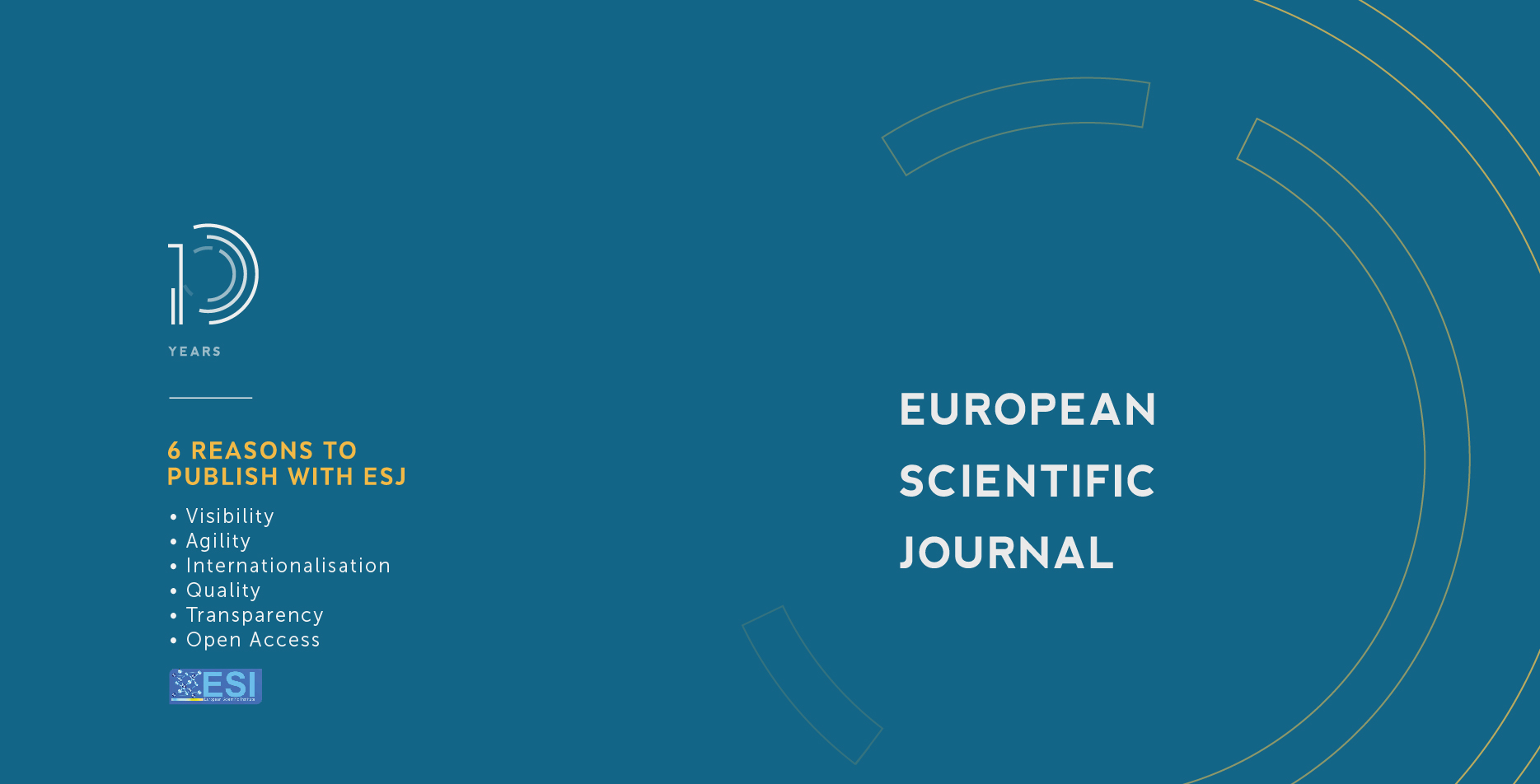The Interaction between Virtual Reality Glasses Tracking Types and Cognitive Style to Develop English Vocabulary Skills and Immersion among Primary Stages Pupils with Learning Difficulties
Abstract
This paper focuses on measuring the impact of interaction between virtual reality glasses tracking types (Positional - Rotational) and cognitive styles (Impulsivity - Reflectivity) to develop English vocabulary skills among primary-stage pupils with learning difficulties. Five instruments were utilized in the research process and the results reported the test. English vocabulary checklists were employed to identify the vocabulary that will be used in the course of the research. The test are as follows: an English test to identify the learning difficulties of students in the English Language, the test of mental ability to identify the IQ mean scores of students, a standard test of Kagan to measure the cognitive style (Impulsivity - Reflectivity), and pre and post-English vocabulary achievement test. However, immersion scale and the suggested English vocabulary skills program depend on positional - rotational tracking type. The participants were students in grade five and their number is 89 from the primary stage at Tarek Ibn Zaid school, Minia, Egypt. Using four groups of quasi-experimental design, the research followed applying tests of mental ability, English test to identify difficulties, and Cognitive style test of Kagan. It also followed a pre and post-testing procedure before and after applying for the virtual reality program and applying the immersion scale at the end of the program. The quantitative results of the study indicated that there was no interaction between virtual reality glasses tracking type (Positional - Rotational) because of the lack of direct relationship between cognitive style and virtual reality glasses tracking type, especially in immersion with learning and acquiring English vocabulary skills, and that there is no preferred pattern for virtual reality glasses tracking type with one of the cognitive methods that was dealt with in the research. This is most especially in learning and acquiring English vocabulary skills.
Downloads
Metrics
PlumX Statistics
References
2. Chen, C. J. (2010). Theoretical bases for using virtual Reality in education. Themes in Science and Technology Education, 2(1-2), 71-90.
3. Connell, W. F. (1987). Book Review: The International Encyclopedia of Education (10 Vols).
4. Fällman, D. (1999). VR in Education: An Introduction to Multisensory Constructivist Learning Environments, Universitetspedagogisk konferens, Umeå universitet. In Projects of the UCLA Cultural Virtual Reality Laboratory.” Virtual Retrospect 2003 or Virtual Concept 2003, November, 5-7 http://www. cvrlab. org Technè 10: 3 Spring 2007 Jacobsen and Holden, Virtual Heritage/61.
5. Hambali, M. (2018). Students’ vocabulary Learning Difficulties and Teachers’ strategies (A Case Study at Mts. Al-Aziziyah Putra Kapek in Academic Year 2017/2018) (Doctoral dissertation, Universitas Mataram).
6. Jonassen, D. H. (1994). Thinking technology: Toward a constructivist design model. Educational technology, 34(4), 34-37.
7. Mayer, R. E. (2003). The promise of multimedia learning: using the same instructional design methods across different media. Learning and instruction, 13(2), 125-139.
8. Rahimi, M. & Pourshahbaz, S. (2018). English as a Foreign Language Teachers' TPACK: Emerging Research and Opportunities: Emerging Research and Opportunities.
9. Rohmatillah, R. (2014). A Study on Students’difficulties in Learning Vocabulary. English Education: jurnal tadris bahasa Inggris, 6(1), 75-93.
10. Smith, J. W. (2015). Immersive virtual environment technology to supplement environmental perception, preference and behavior research: a review with applications. International journal of environmental research and public health, 12(9), 11486-11505.
11. Yang, W. D. & Dai, W. P. (2012). Vocabulary memorizing strategies by Chinese university students. International Education Studies, 5(1), 208-214.
Copyright (c) 2022 Marwa Ahmed Hussein, Mohamed Elsayed Elnagar, Haggag Mohamed Haggag

This work is licensed under a Creative Commons Attribution-NonCommercial-NoDerivatives 4.0 International License.








